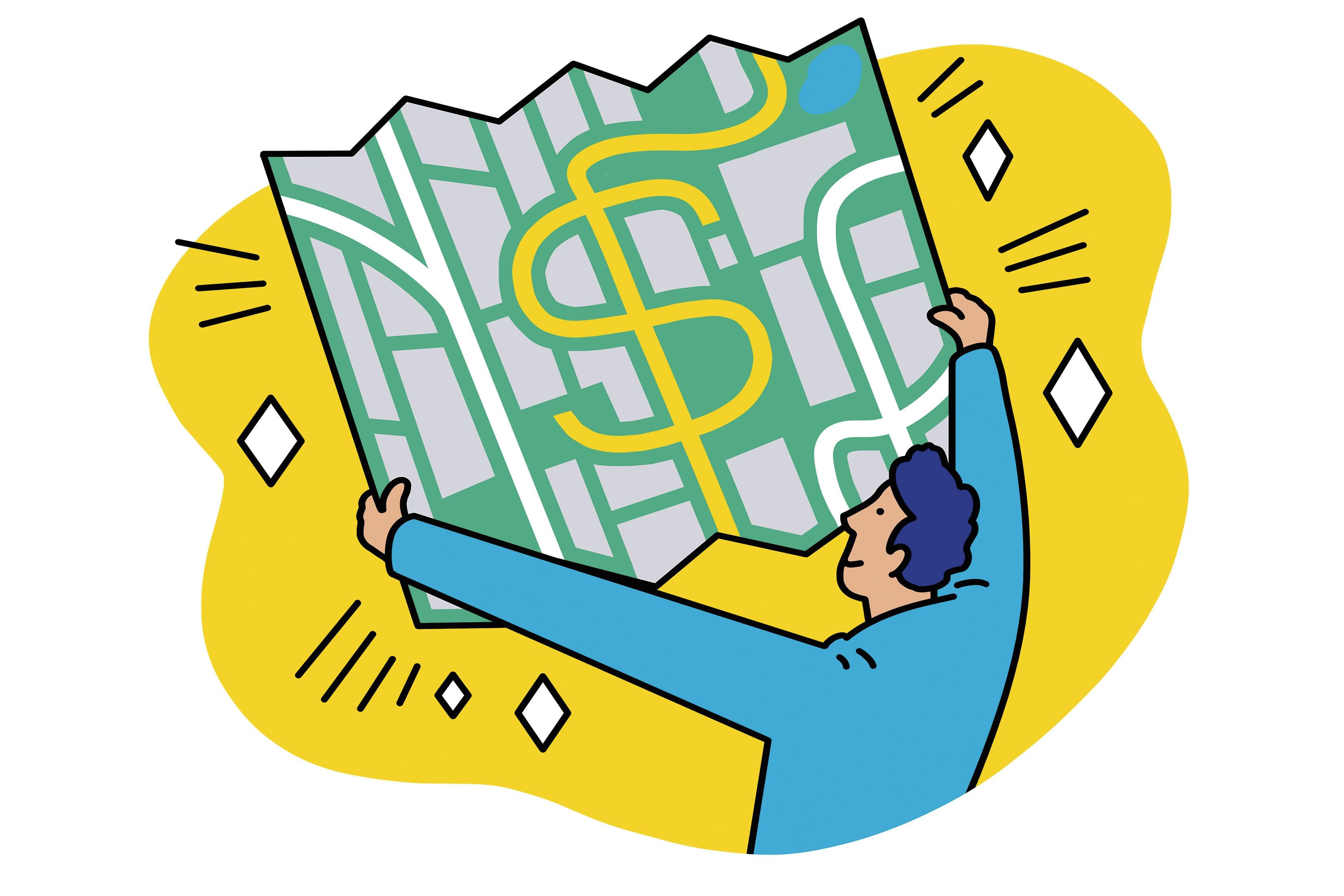Tipping options are displayed in all sorts of businesses large and small and the suggested amounts are increasing, a phenomenon detractors call 'tip creep'.The Canadian Press
Rob Csernyik is a contributing columnist for The Globe and Mail.
Several weeks in at a Starbucks job I once had, management placed a tip cup at the drive-through window. The cup led to increasingly heavy tip bags, a relief given that my first week’s gratuities amounted to only $4. I don’t recall any fuss raised by customers about the new visual prompt.
Compared with the griping about tipping fatigue that has become a mainstream cultural discussion today, this memory from 2015 feels like it took place in another lifetime.
With Canada among the top countries for cashless payments, it’s no surprise more customers are getting prompted with tip screens than ever before. Tipping options are displayed in all sorts of businesses large and small – even retail stores, where tipping is considered untraditional. And the suggested amounts are increasing, a phenomenon detractors call “tip creep” – concurrent with a loud and embarrassing chorus of frustration.
Spare me. I challenge anyone who thinks a service job like barista is simple to go do it for a shift, try to live up to today’s lofty customer service expectations and then tell me they don’t deserve any gratuities.
During other gigs in chain stores, I had to wrap gifts, provide decorating advice and carry heavy furniture out to vehicles. If restaurant staff get tips for providing service, why not retail workers? And with inequality continuing to rise, there is justification for tipping more than the arbitrary 15 per cent.
Moreover, even if you feel otherwise, a tip prompt is hardly an imposition. At their own discretion, customers can hit a button, skip the tip and move on with their lives.
Gus Carlson: We are being asked to tip on everything these days. We shouldn’t
This current situation isn’t entirely new or unexpected. In a University of Pennsylvania Journal of Labor and Employment Law paper, Yoram Margalioth suggests that higher tips late last century came from affluent people increasing tip norms to improve their own positions or status as inequality grew. “This put pressure on those who are somewhat less affluent to increase the amount of tip that they leave, starting a cascade effect to the detriment of all,” he writes. Since the pandemic, North American society has experienced something similar, as a bump in tip values for front-line delivery and service workers moved the goal posts, sometimes to 25 per cent and 30 per cent.
In response to that, I’ve read about these easily bypassed prompts being called “an invasion” and “extortion” in media reports. On Reddit, customers claim feeling “burnt out” or “bullied” by tip culture to the extent that “eating out is hardly enjoyable.”
But I’ve never experienced or witnessed an electronic tip-related dressing down, and even the countless media reports on tipping fatigue don’t describe workers creating a culture of shame. Thus, feelings of tipping-related inadequacy are irrational anxieties about workers making bad-faith judgments about customers. Yet the increasingly circular discussion of tipping fatigue often turns into making bad-faith judgments about workers instead, devaluing their work to the point of suggesting they don’t deserve tips at all and that, somehow, the spread of “tipflation” is caused by delusions of grandeur.
In one opinion piece posted online at ZDNET, the writer’s outrage at tipping is based on a misperception that the “10 seconds of service” he receives when paying is the only care or effort that goes into him getting food and drink. In a Seattle Times cartoon printed last month, a cashier flips a payment terminal toward a customer who is purchasing a bagel. The cashier’s thought bubble reads “Hit 25%! Hit 25%! Hit 25%!” The customer, meanwhile, wonders why he is “expected to tip for being handed a bagel.”
Yet, I served hundreds of customers a day as a barista and my colleagues and I never focused on customer tips like that, nor have I ever felt an employee’s gaze as I selected my tip option as a consumer. This line of thinking, in my view, is little more than guilt over being unwilling or unable to tip.
Tipping is not a perfect system. It essentially lets businesses parcel out a portion of their employees’ pay. “Service included” models with higher base wages and no tipping offer a better vision for the future. In an Angus Reid Institute poll published in February, 59 per cent of respondents preferred this model, compared with 32 per cent who preferred the current system. In 2016, those figures were 40 per cent and 46 per cent, respectively, suggesting that opinion is moving in the right direction.
But until such a model becomes mainstream, we have to live with the imperfect system we have. No similar patience is necessary for the empty and frequently insulting chatter around tipping workers. It needs to go.

Ready to think about your (eventual) financial freedom?
Introducing Retire Rich Roadmap, a 5-part newsletter course to set you up with the tools you need to think about retirement, whether that's happening now or in a few decades. Sign up now – each lesson will land in your inbox on Thursday.